China unequivocally has the origins of ancient tea. Some Chinese documents go back as far as 5000 years to show Chinese people drank tea with fervour. One of the popular and most consumed beverages in the world, the documents also show early traces of origins and their interpretations to the neighbouring countries like Thailand, Japan and India.
An interesting anecdote dates back from the time of Chinese Emperor Shen Nung when a wild camellia sinensis blossom fell into his cup of boiling water. Dried leaves falling into the water gave rise to an intense flavour that was unmistakably heavenly and exotic. A simple infusion of tea was born.
What a coincidence it was, incidentally, as it was the first introduction of wild tea. From there, the beverage hasn’t shied away to take bold steps in capturing the hearts of people who have taken fancy to the tonic tea leaves. Tea took by leaps and bounds to spread in the world like a wildfire.
Image Credit – Wikimedia, Public Domain, Author : Neptunati
© copyright WriterArtist 2021, All rights reserved


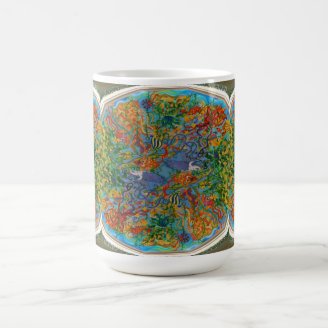
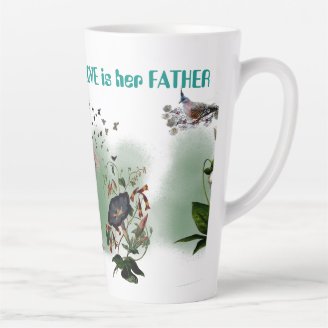
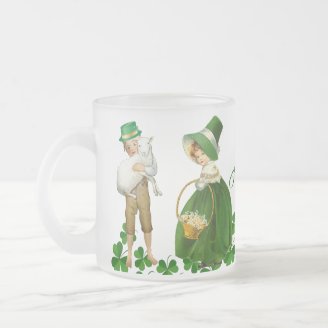
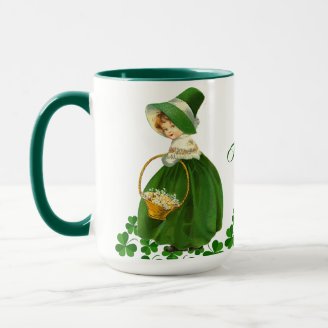














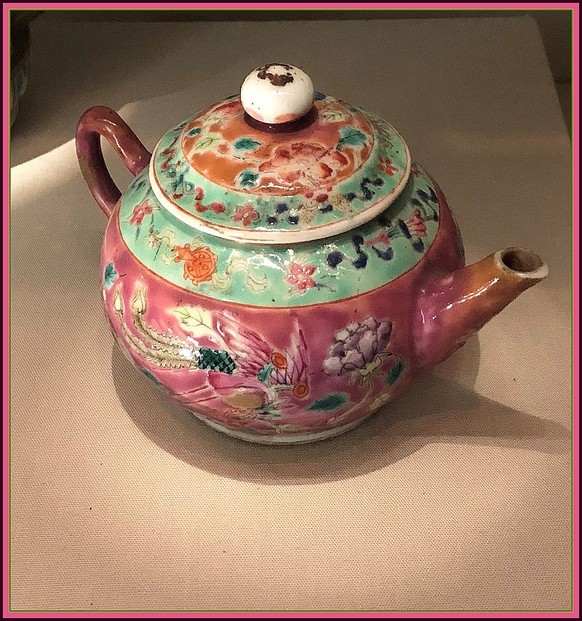
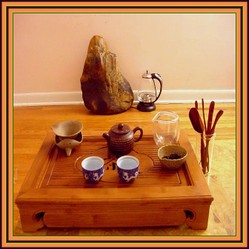

 Harvest Bounty of Fall Fruitson 08/03/2023
Harvest Bounty of Fall Fruitson 08/03/2023
 Is Buddhism older than Hinduism?on 06/13/2023
Is Buddhism older than Hinduism?on 06/13/2023
 Was Tirumala Tirupati Balaji Temple a Buddhist Shrine?on 06/13/2023
Was Tirumala Tirupati Balaji Temple a Buddhist Shrine?on 06/13/2023
 The Great Wave of Kanagawa from Japanese Artist Hokusaion 06/11/2023
The Great Wave of Kanagawa from Japanese Artist Hokusaion 06/11/2023

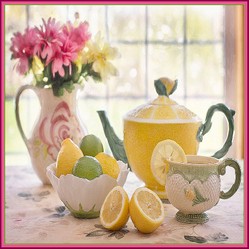
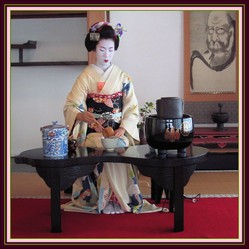
Do you wish you could have attended Chinese Tea ceremony of ancient times?
Dear DerdriuMarriner,
Your interpretations are correct. Nowadays Chinese people use a varieties of tea, they use white and black tea as well. They might not have kept their tea ceremony as formal and traditional as the Japanese people. Japanese love to preserve their culture and art. Well, Indians do not engage in traditional tea ceremony, not that I know of any. Indians generally prefer black processed tea with milk and sugar. They may add spices to make Masala Chai.
Decorative arts went hand in hand with tea ceremony. We have Poets, Painters and Writers turned into Tea Masters. Chinese martial arts and chess were also considered as art to acquire.
There were many routes from India to China. The old Silk Route is an ancient hilly-road that used to connect Lhasa in Tibet via the Jelep La Pass to India. India did invent Ancient chess called 'Chaturanga' which passed on to China.
WriterArtist, Thank you for all the practical information, pretty pictures and product lines.
Yes, my time-travel list includes being able to attend the first tea ceremony ever (and then over intervals to see how it changed and standardized).
You indicate that the Chinese tea ceremony always uses oolong. Would an Indian tea ceremony always use one tea or would it vary by region?
In a related direction, you indicate that "Calligraphy, painting, theatre, poetry, music and martial arts go hand in hand with tea mastering. In China, traditional painting and calligraphy made a scholar learned. Learning musical instruments and mastering chess were also considered art. These art when practiced by a scholar would earn him honour and respect during Tang and Song dynasty." It makes me think of that Tarim River Basin corridor of cultural transmissions from India to China. Chess started in India by no less than 1,600 years ago. It would have been China-ized as xiangqi within 300 to 500 years later if it was started during the Tang Dynasty.